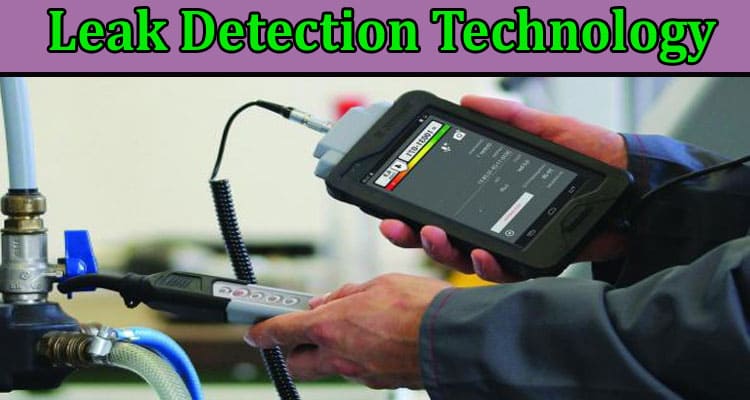Introduction
In the world of product packaging and quality assurance, leak detection plays a crucial role in ensuring the safety and integrity of products. As technology advances, so do the methods and equipment used in leak detection, particularly in package leak testing. This comprehensive overview examines the latest advancements and their implications for industries reliant on impeccable packaging standards.
The Importance of Leak Detection in Packaging
Leak detection is essential for maintaining the quality and safety of packaged products. From food and beverage to pharmaceuticals and medical devices, preventing contamination and maintaining sterility are paramount. Efficient leak detection methods help avoid costly recalls, ensure regulatory compliance, and maintain customer trust.
Understanding Package Leak Testing
Package leak testing involves examining packaging to ensure that it is impervious to leaks. This process is crucial for products that require airtight packaging to maintain quality, such as perishable goods, or for products where contamination could lead to significant health risks, like in the pharmaceutical industry.
Technologies in Leak Detection
Advancements in leak detection technology have led to a variety of methods being employed in package leak testing. These include vacuum decay, bubble emission, dye penetration, and high-voltage leak detection, each suited to different types of packaging and sensitivity requirements.
Vacuum Decay Method
The vacuum decay method is a popular and reliable technique for leak detection. It involves placing the package in a vacuum chamber and monitoring for pressure changes that indicate a leak. This method is highly sensitive and suitable for a wide range of packaging types.
Bubble Emission Test
The bubble emission test is a simple yet effective method, particularly for packaging with headspace. The package is submerged in water, and the presence of escaping bubbles indicates a leak. This method is visually intuitive and easy to perform.
Dye Penetration Test
The dye penetration test involves applying a colored dye solution to the package seal. The infiltration of the dye through any leaks is a clear indicator of packaging integrity failure. This method is often used for large and irregularly shaped packages.
High-Voltage Leak Detection
High-voltage leak detection (HVLD) is a sophisticated method suitable for detecting micro leaks in hermetically sealed packages. It’s especially useful for packages containing sensitive products where traditional methods might not be feasible.
Automation in Leak Detection
The integration of automation in leak detection represents a significant advancement. Automated systems can handle large volumes of packages, ensuring consistent and accurate testing. Automation also reduces the likelihood of human error, further enhancing the reliability of the testing process.
Challenges in Package Leak Testing
Despite technological advancements, challenges still exist in package leak testing. These include adapting methods to new packaging materials, ensuring sensitivity and specificity, and balancing speed with accuracy in high-throughput environments.
Regulatory Compliance and Standards
Leak detection technologies play a critical role in helping manufacturers comply with stringent regulatory standards. These standards often require rigorous testing protocols to ensure product safety, and advanced leak detection methods are essential for compliance.
The Role of Data Analytics
Modern leak detection technologies are increasingly incorporating data analytics. This integration allows for real-time monitoring and analysis of testing results, providing valuable insights for quality control and process optimization.
Training and Skill Development
The effectiveness of leak detection technologies is contingent on the skill and knowledge of the operators. Ongoing training and skill development are crucial in ensuring that personnel are proficient in using advanced testing equipment and interpreting results accurately.
Future Trends in Leak Detection Technology
Looking ahead, the future of leak detection technology is likely to see further advancements. These may include the development of more sensitive and faster testing methods, as well as the integration of AI and machine learning for enhanced predictive analysis.
Conclusion
Leak detection technology, especially in the realm of package leak testing, is vital for ensuring product integrity and safety across various industries. The continuous advancements in this field are leading to more efficient, accurate, and reliable testing methods. As packaging technologies evolve and regulatory demands increase, the role of sophisticated leak detection methods will become even more critical, ensuring that products meet the highest standards of quality and safety.

